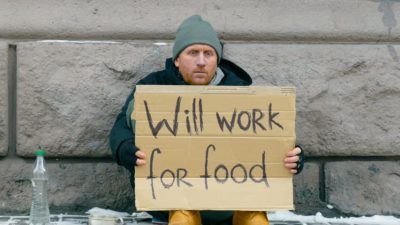 Which is truth?
Which is truth?
“Those that know, do. Those that understand, teach.”-Aristotle
“Keep up that fight, bring it to your schools. You don’t have to be indoctrinated by these loser teachers that are trying to sell you on socialism from birth.” –Donald Trump Jr.
Both statements make me think of my students. I think of the hundreds of times I have been asked what I think about a topic. I think of the hundreds of time I have smiled in response and said, “I am far more interested in you finding out what you believe and why you believe it…”
You see, I firmly believe educators should remain neutral in the classroom when it comes to controversial or political debates; an absolute beige-on-tan kind of neutral.
That type of neutral takes immense self-control and an intense belief in the importance of the role I play in my students’ lives. I truly do believe students can and do look up to teachers. A good teacher influences their students’ lives far beyond the standardized test scores they earn at the end of the year. My beliefs could easily become my students’ beliefs. That is not a dynamic of educating young minds that I take lightly.
So, why do I do it? Why do I withhold my deepest beliefs from my students if they may take them on and, in my opinion, make this world a better place? Continue reading

 Imagine that you are that armed teacher. Maybe you have hours of target shooting. Maybe you hunt. Maybe you are very comfortable with your weapon.
Imagine that you are that armed teacher. Maybe you have hours of target shooting. Maybe you hunt. Maybe you are very comfortable with your weapon. Don’t get me wrong; we need all of the supports mentioned in the proposal. We need more counselors in our buildings. We need plans for school safety that are actionable. We need all educational personnel to be trained to recognize and respond to symptoms of emotional distress. But, does anyone take time to wonder how we could prevent getting to the point where we are responding to distress?
Don’t get me wrong; we need all of the supports mentioned in the proposal. We need more counselors in our buildings. We need plans for school safety that are actionable. We need all educational personnel to be trained to recognize and respond to symptoms of emotional distress. But, does anyone take time to wonder how we could prevent getting to the point where we are responding to distress?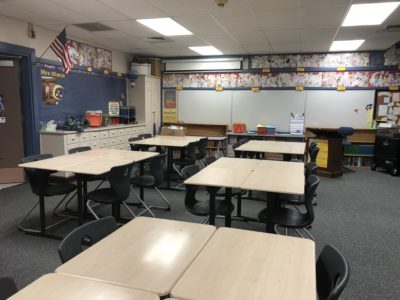

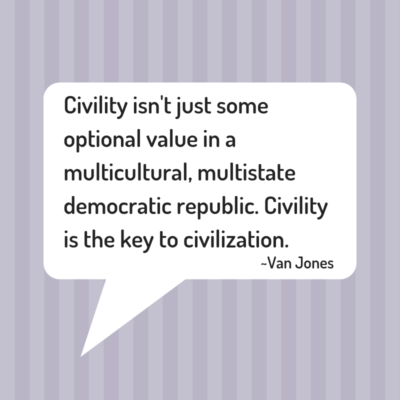
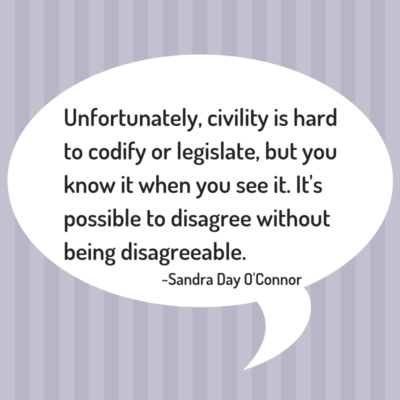 Civil discourse is the engagement in conversation to enhance understanding. It requires respect for all others involved, without judgment. You cannot conduct civil discourse if it is obvious that you question the good sense of your peers. You cannot conduct yourself with hostility, sarcasm, mockery, or excess persuasive language. You have to accept the views of others as valid, despite your disagreement.
Civil discourse is the engagement in conversation to enhance understanding. It requires respect for all others involved, without judgment. You cannot conduct civil discourse if it is obvious that you question the good sense of your peers. You cannot conduct yourself with hostility, sarcasm, mockery, or excess persuasive language. You have to accept the views of others as valid, despite your disagreement.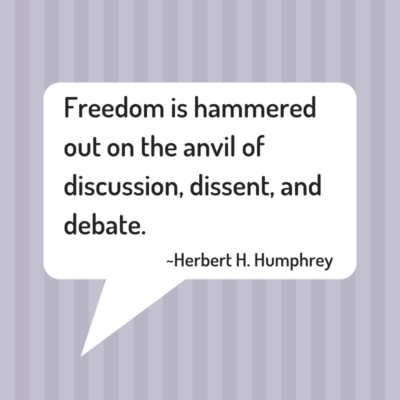 As teachers, the urge to stay out of it, to be apolitical and neutral is strong. We don’t want to offend our students, their families, or our communities. However, we must model that we all have views and ideas, and how we express them is important. We do not force our views on others, but, instead, we invite discourse. Our students need to learn to share their ideas and listen to their peers. They need to understand the importance of researching the issues and verifying their sources. They need to practice protocols of debate and dialogue that guide them to be supportive listeners, even when they disagree.
As teachers, the urge to stay out of it, to be apolitical and neutral is strong. We don’t want to offend our students, their families, or our communities. However, we must model that we all have views and ideas, and how we express them is important. We do not force our views on others, but, instead, we invite discourse. Our students need to learn to share their ideas and listen to their peers. They need to understand the importance of researching the issues and verifying their sources. They need to practice protocols of debate and dialogue that guide them to be supportive listeners, even when they disagree.
